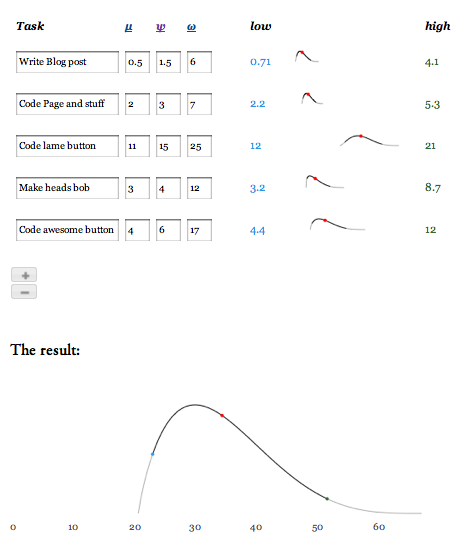Ever used someone else’s code; a library or sample app online? Ever got to a point where it’s been so mind-bendingly painful that you rue the day you ever found the stupid ‘library’ in the first place? If not then chances are you’re not a developer, you’re this guy, or you’re delusional. Spurred by a conversation with Mateo, my friend and former development buddy about this, I started to think a little deeper about what the problem is with code reuse. We expect a well-made production quality piece of work, and before long we realize that we are stuck with something that is sucking time away rather than letting us develop the hard stuff faster. So when should you reuse code? Here are some thoughts on when you should proceed with abandon, and when you might want to be more cautious…
Pages
Categories
- Engineering (39)
- Agile Software Development (14)
- Continuous Integration (17)
- Flash & Actionscript (21)
- Quality Software (10)
- Rails (7)
- Ruby (7)
- Software Craftsmanship (8)
- Software Estimation (4)
- Test Driven Development (12)
- Tablets (2)
- Travelling Light (2)
- Engineering (39)
Archives



